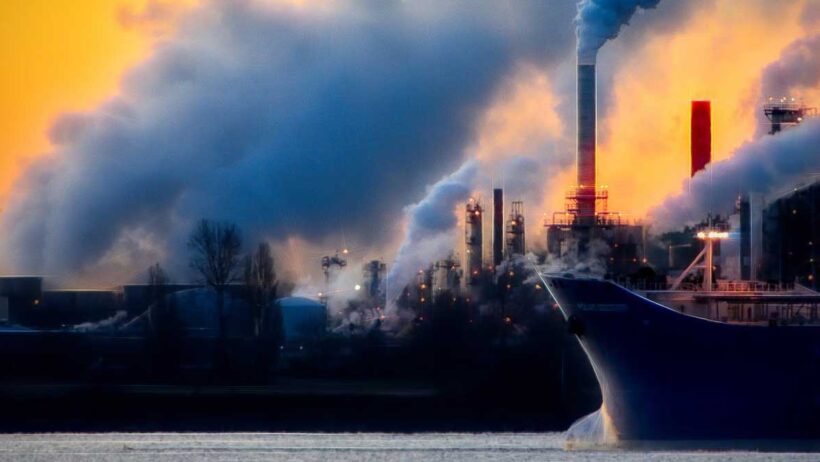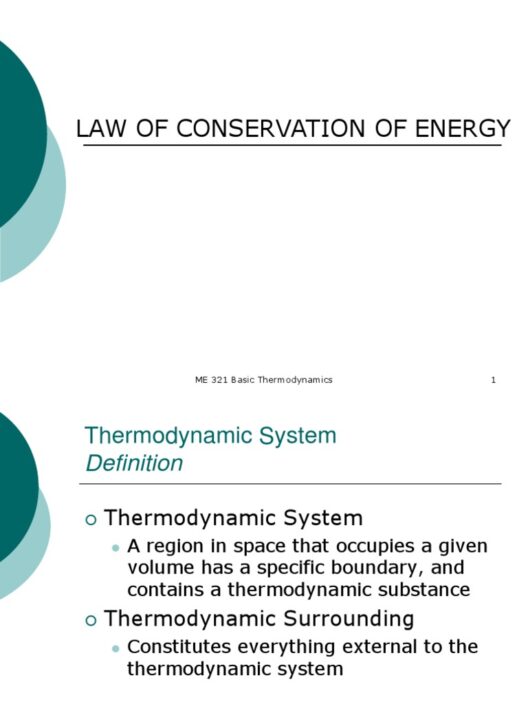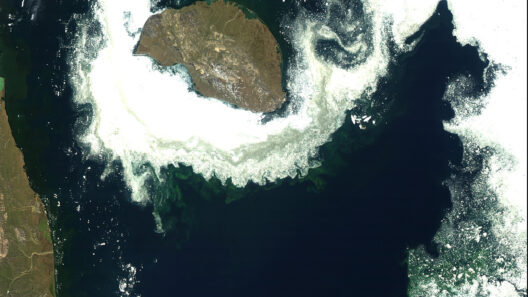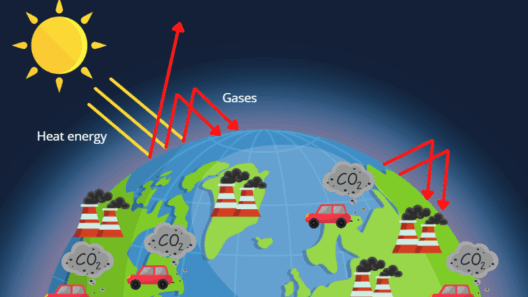In the vast expanse of our atmosphere, greenhouse gases act as a quilt, woven with threads of carbon, methane, and nitrous oxide. This quilt, while providing a certain degree of warmth essential for sustaining life, has grown disproportionately thick due to human activities over the past century. The phenomenon of global warming is intricately tied to the fluctuations in greenhouse gas emissions, and understanding their role is crucial for grappling with the impending shifts in our climate.
At its core, global warming is a gradual but persistent increase in Earth’s average surface temperature. This rise can be likened to a pot of water simmering on the stove; just as the heat increases gradually until the water reaches a boil, so too does the temperature of our planet climb as greenhouse gas concentrations elevate. The gases effectively trap heat from the sun in the atmosphere, creating what is known as the greenhouse effect.
The greenhouse effect is a process both natural and necessary. Sunlight enters the Earth’s atmosphere, warming its surface. The planet then radiates this energy back into space, but greenhouse gases absorb a portion of it, reflecting it back towards Earth. This cyclical process creates a temperate climate beneficial for life. Without these gases, estimates suggest that our planet would be inhospitable, with a surface temperature hovering around a frigid -18 degrees Celsius (0 degrees Fahrenheit). However, human-induced emissions have intensified this effect, leading to an escalating crisis.
One cannot help but visualize the atmosphere as a tightly sealed window. Initially, it allows in nourishing sunlight, akin to rays that nurture a thriving garden. But as more greenhouse gases accumulate, the window becomes increasingly clouded, trapping excess heat like a sauna. This confinement of warmth leads to dire consequences, altering weather patterns, melting polar ice, and raising sea levels. The ramifications of these changes present profound challenges not only for human existence but also for countless species relying on stable ecosystems.
To comprehend the drivers behind greenhouse gas emissions, one must consider the various anthropogenic activities that contribute to their proliferation. Industries, specifically fossil fuel combustion, emerge as the largest culprits. Power plants, transportation systems, and manufacturing processes pivot around the burning of coal, oil, and natural gas, releasing copious quantities of carbon dioxide (CO2) into the atmosphere. In fact, CO2 accounts for roughly three-quarters of greenhouse gas emissions in the United States alone.
Moreover, the agricultural sector contributes significantly to greenhouse gas production, primarily through methane and nitrous oxide emissions. Livestock farming releases methane during digestion, a gas with a global warming potential many times greater than carbon dioxide over a short time frame. Moreover, the use of synthetic fertilizers in crop production results in the release of nitrous oxide, another potent greenhouse gas. This dual impact of agriculture exacerbates an already precarious situation, adding layers of complexity to the fight against global warming.
In contrast, deforestation adds yet another dimension to the greenhouse gas conundrum. Trees serve as vital carbon sinks, absorbing CO2 from the atmosphere. When forests are cleared for agriculture or urban development, this carbon remains in the atmosphere, further contributing to global warming. Thus, the act of removing trees and altering land use is akin to a gardener tearing up the roots of a flourishing plant, only to watch it wither and die.
In this narrative of emissions and their consequences, it becomes vital to recognize the intersectionality of climate action. Efforts to mitigate greenhouse gas emissions must span across various sectors—energy, transportation, agriculture, and land use. Transitioning to renewable energy sources, such as solar, wind, and hydroelectric power, presents a formidable opportunity to curtail emissions. These alternatives not only reduce dependency on fossil fuels but also pave the way towards a sustainable future.
Embracing energy efficiency is equally crucial. Simple adjustments, such as enhancing the insulation of buildings, utilizing energy-efficient appliances, and advocating for public transport, can drastically lower emissions. Each individual act resembles a raindrop coalescing into a stream, flowing towards a larger collective impact.
Moreover, reforestation and afforestation initiatives offer tangible solutions in carbon sequestration. Planting trees acts as a restorative mechanism for the environment, akin to a bandage healing an open wound. When communities engage in planting and nurturing new forests, they not only absorb excess CO2 but also bolster biodiversity and ecosystem resilience.
Nevertheless, addressing greenhouse gas emissions also requires a broad-scale systemic change in policy and governance. Enacting legislation that places restrictions on emissions, incentivizes green technologies, and promotes sustainable practices is imperative for creating lasting climate solutions. International cooperation, such as the Paris Agreement, underscores the necessity for collective engagement in combating climate change, establishing a framework within which countries can hold themselves accountable.
It is important to highlight that the pursuit of climate solutions transcends mere reduction of emissions; it evokes a philosophical shift in our relationship with nature. The Earth is not merely a resource to exploit but a living entity with which we coexist. Acknowledging our interdependence fosters a sense of stewardship and responsibility that inspires meaningful action.
As we stand at this critical juncture, understanding how greenhouse gas emissions drive global warming offers both a clarion call and an opportunity for transformative change. The path ahead may be fraught with challenges, but with concerted effort and innovative thinking, we can mitigate the ramifications of human activity on our planet. In doing so, we lay the groundwork for a sustainable future, not only for ourselves but for generations yet to come.








